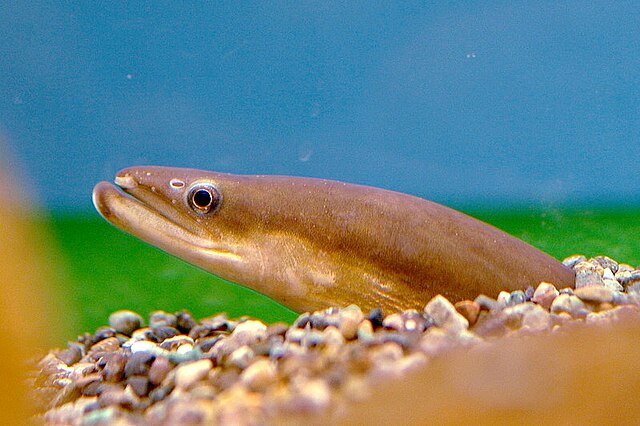Production of eels in Japan has got a boost after Kindai University became the world’s second ever facility to artificially breed eel.
In mid-November 2023, the Osaka-based university announced a full cycle hatching innovation of this scarce species.
The campus facility harvested eggs from a female eel and hatched them through artificial insemination. After the resulting offspring had reached maturity, the researchers repeated the process on them to set off total breeding cycle.
Though the university has some doubts on the commercial aspect of its aquaculture research, it is proud of the breakthrough. It joins Japan Fisheries Research and Education Agency, which in 2010 became the first facility globally to incubate and cultivate eels for reproduction.
According to the education agency, it is usually hard to maintain and make eel reproduce even in “full cycle” breeding.
Although Japan farms 99.9% of its commercial eel, farmers have to hunt for and introduce wild eels into ponds. Worse, the rapid decrease in the ocean population in Japanese, Taiwanese and Chinese waters has made it hard to catch hatchlings.
Eels in Japan are now a luxury, despite being a traditional source of meat after overfishing depleted ocean reserves.
Known as unagi in the Japanese, eels, alongside yellowtail fish, are popular inclusions in sushi dishes.
Their prices had begun to rise even before 2014, when the International Union for Conservation of Nature labeled Japanese eels “endangered.”
Despite Japan’s special status of near-zero inflation since the 1990s, eels make the exception as their prices regularly triple.
Lucky farmers who could land glass eels in 2020 could fetch 1.32 million Yen ($8,866 at 2023 rates) a kilo. Glass eels, which refer to young eel, have dropped to 10% of the 1960s’ levels due to overfishing.
By May 2023, mature Japanese eels had a market price of ¥5,553 ($37.36) a kg at Tokyo’s wholesale markets. The wholesale price first passed the ¥5,000 per kilo in 2012 but edged past this mark in 2019.
Japan first began to experiment on full-cycle breeding in the 1960s. By 1973, Hokkaido University’s researchers had incubated local eel by artificial means.
The experiments by Kindai University came earlier than its current breakthrough. The university grew keen on eel research as early as 1979, but only renewed interest as late as 2019.
